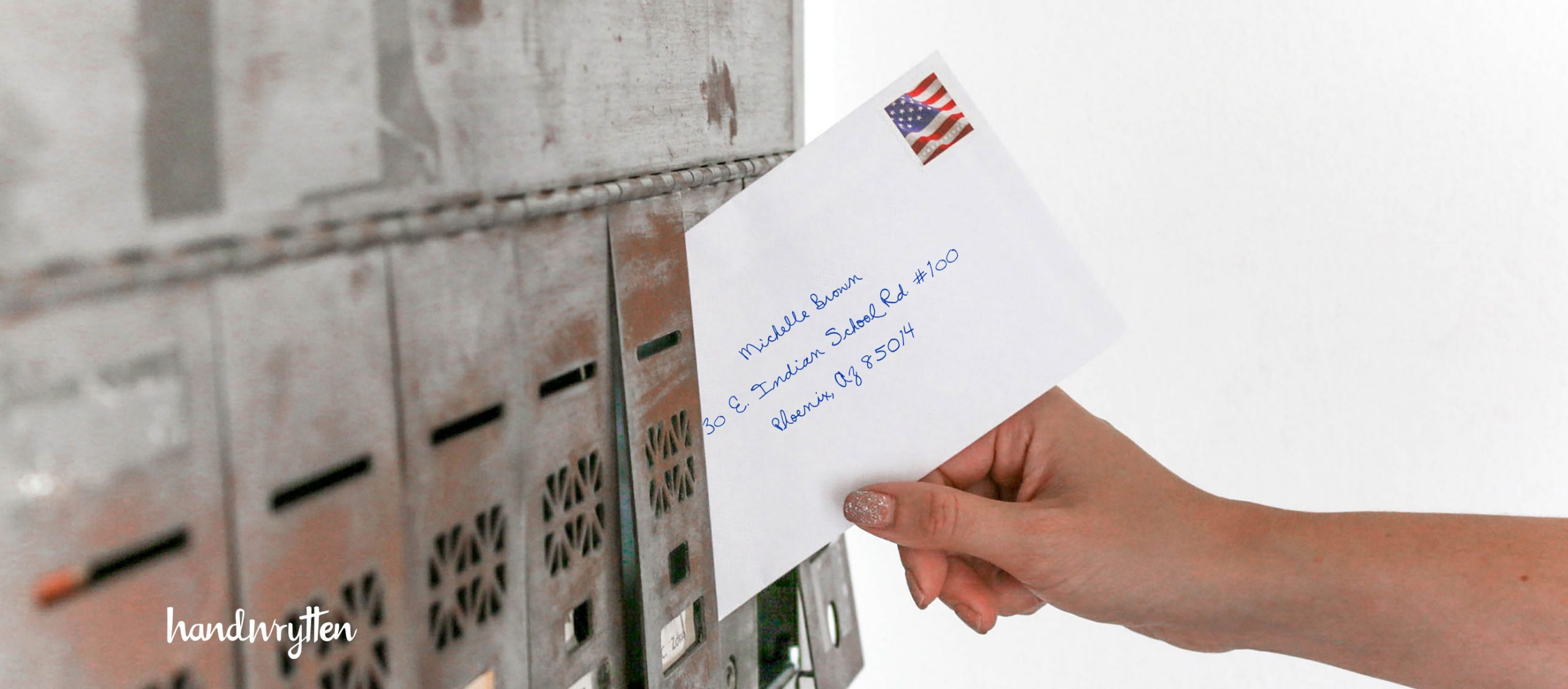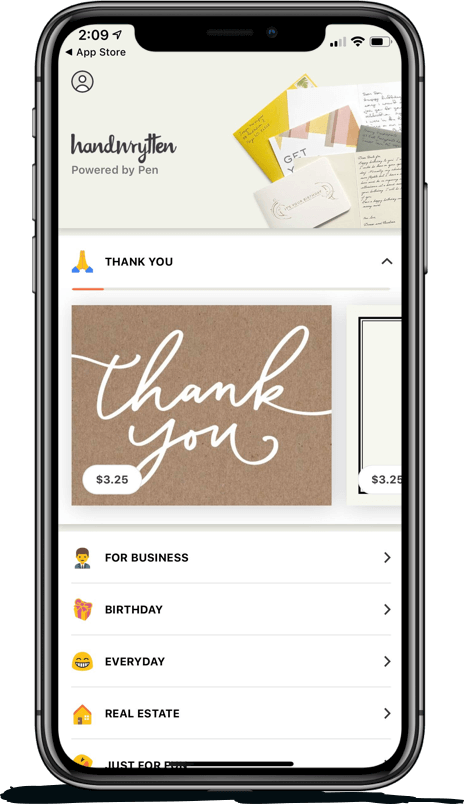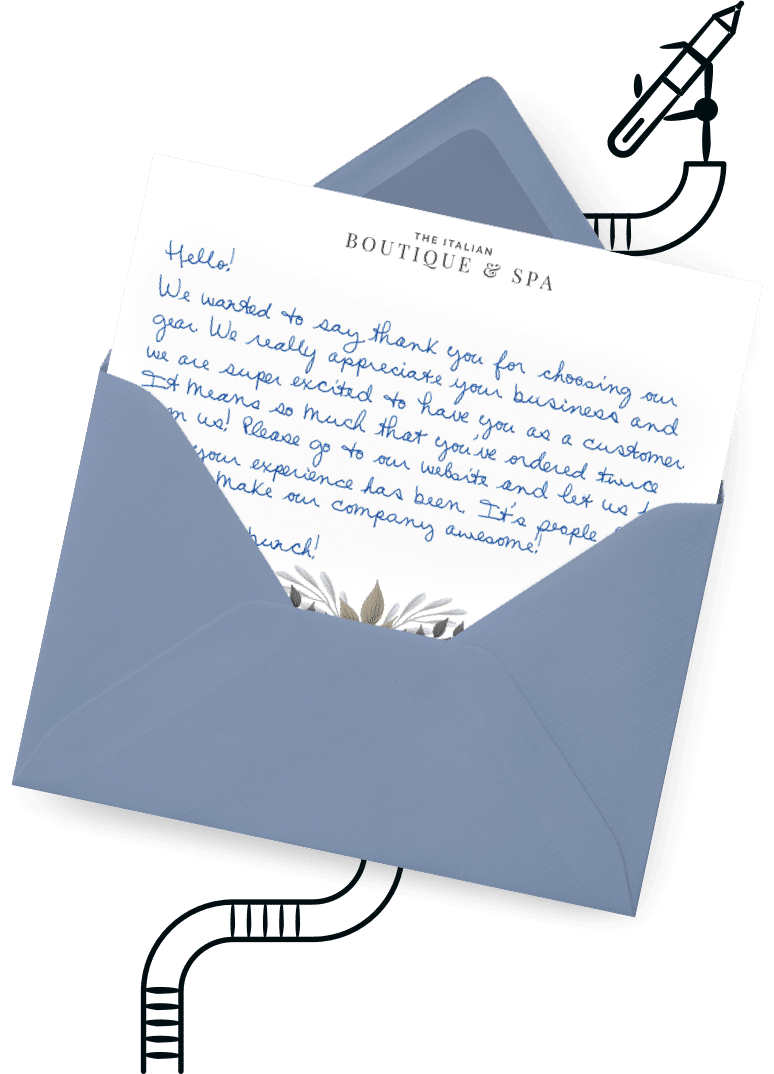

In this world of digital communication, many of us might not know how to properly and an envelope. There are a few practical things that you have to understand, but there’s more to the art of sending a .
We’re going to take a look at today, as well as creative ways to an . Hopefully, the ideas below will inspire you to tap into the potential of connecting through written correspondence.
Let’s take a look.
The first thing you have to do when sending any kind of physical correspondence is to write your . The same goes for a package, but that’s a discussion for a different day.
Lay your flat on the table in front of you and grab a pen. You could use a pencil, but there’s a chance that the information could get smudged or wiped off during transportation. With that in mind, it’s best to use a black and blue pen to do the writing on the outside of the .
Make sure that you write the information on the side opposite the fold.
We’ll discuss how to write and return addresses in future sections. In terms of , you’ll have to know the weight of the package. Different stamps amount to different values in , although most stamps are created to pay for one ounce of .
Those stamps, when purchased individually, tend to cost around fifty-eight cents. You might have to include more stamps if your weight exceeds one ounce. You can either weigh the yourself or bring it to theUnited States post to have the person there weigh it.
They’ll tell you everything you need to know if there are any unexpected factors.
An interesting way to spice up your is to use different fonts. You can also use different fonts in a handwritten note. Fonts add an element of flair that stands against the standard handwriting that most people use to their envelopes.
That said, writing in a font can be difficult. It’s useful to get a little help with your card design to improve the quality of your unique font and word placement.
One exciting thing to note is that The United States still accepts most uncancelled or used forever stamps. So if you have from the early 1900s and don’t see any value in it, you can still use it to send your letters.
DIY envelopes are more interesting, personal, and they stand out from the standard that most people receive.
You might even do this with a cover , a holiday card, or a business . Business letters are often seen as boring and formal. You can certainly change things up and get creative with a handwritten card with an that’s interesting so that recipients are eager to get to the .
Now it’s time to understand how to write the .
The information is located in the center of the . Write in the same size as you did in the upper corner. If possible, contain all of the information to around the same size as you did your personal information, only square in the middle of the paper.
The top line is the ‘s first and last name. Note that the name is the least important part, so don’t worry use a nickname. The next line is their , and the third line is the city, state, and .
If you can manage to get the full , that might be helpful. Adding the full, extended adds a level of specificity that helps avoid direct campaign errors. The error rate might be lower if you have the most specific zip codes possible.
If you mess up the , though, the service won’t send it properly and will never get there and it will just be sent back to the .
If you’re writing to multiple recipients at one business, note that you can only list one . You could them as “Wilson Group,” or “Tom Wilson & Dianne Jones” and the will still go to the correct listed on the .
Short of plural titles, you’ll have to send multiple pieces of to reach numerous people.
Your personal information goes in the top left corner of the . You shouldn’t write more than one-quarter of the way down the , and no more than one-quarter of from the left edge. That way, you situate the information neatly in the upper left corner.
Write your first and last name on the first line. If you’re a business sending to clients, you can use your business name instead of your personal name. Move right below the first line and write your .
After writing your , move down another line and write your city, state, and . Be as clear as you can while staying succinct. Note that there’s a human being who reads that information, so abbreviations are okay as long as they’re clear.

You always have to an when sending a . You have to use official that’s accepted by the post , and not just any you find laying around.
Something to note about stamps, though, is that each denotes the cost of a one-ounce . You have to make sure that you offer additional stamps for each extra ounce that you add to the . Most letters that include one or two sheets of paper will not exceed an ounce in weight.
Place any and all stamps in the top right corner of the . If you use multiple stamps, make sure they’re not covering one another so the post can see the number of stamps used.
If you send , it’s wise to check with the United States Post on any restrictions that might be in place. It will also be easier to deal with , as the post will have insight into all of the requirements for particular countries.
You might be a little nervous to send your first . Don’t worry! It’s natural to be uncertain about something you’ve never done, especially when it has to do with putting documents through a municipal operation.
The might seem like a scary idea when you’re not sure how it works. That said, millions of people have been using the for hundreds of years. It works, and it’s pretty simple.
If you’ve got your addressed and stamped, you can just drop it into an outgoing post box. If you’re not sure what you’re doing, you can always go into the post and someone there will help you.
Any package or of any size will be dealt with by the employee at the desk. They’ll weigh the package, tell you how much it will cost, and they can even provide the stamps or stickers needed to send your . Usually, they can even provide a rough estimate of how long it will take for your mail to be delivered, too.
If you’re not confident that you want to deal with every business and that you need to send, we’re here to help. Handwrytten is equipped to send handwritten greeting card options a beautiful handwritten script, them, and send them.
Understanding is something that we should all try to do at some point in our lives. There’s something about a handwritten that outshines emails and messaging services.
Worried about the handwriting? We’re here to help. Explore our site for options on having your words written in superb handwriting and sent through direct without any effort on your part.
Whether it’s a formal , business , or a casual message to friends, we’re here to help.


Scale your handwritten outreach, creating positive impressions and long lasting bond.
Sign Up Today!


Over 100 designs to choose from or design your own. Our online card customizer makes it simple.
Check Out Our Cards!